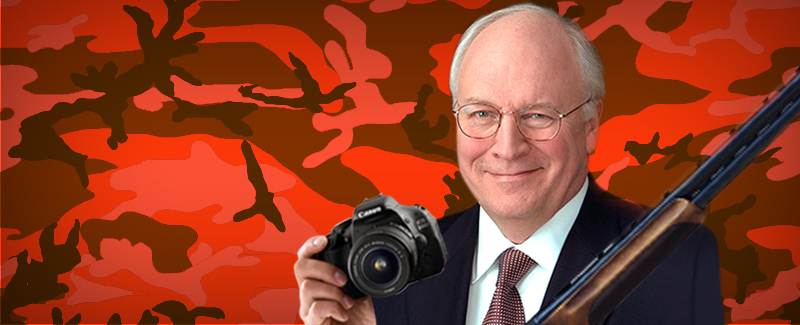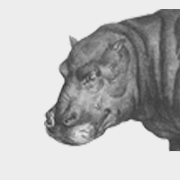 Branding
Branding
Think First, Shoot Second: 5 Key Elements of Great Photography
One of the first things people notice about a designed piece – whether that’s a website, a brochure, or a magazine – is the photography.
As with most artistic ventures, the styling and visual aesthetics of photography have a huge impact as to how it is perceived, which means that photography plays a big role in setting the overall feel for anything that we design.
As Flying Hippo curates both original and sourced photography, we look at a number of factors that ultimately determine what emotions and reactions a photo evokes from the viewer.
These are just a few elements of great photography that we consider when looking at photos. Hopefully they’re helpful next time you’re either taking a shot or picking one to use for a project.
1. Angle
When setting up a photograph, whether in your mind before the shoot or on location, think through the angle. The angle of a photograph dictates the effect that it has on people’s perception of the subject.
For example, shooting a photo from a low spot with an upward angle creates a forced perspective that makes the object seem large — or even huge. By contrast, downward angles minimize objects in the frame.
A straight-on shot creates focus, but often removes the context (unless it’s taken from far away). This can sometimes feel a bit boring, which means it can also be used as a contrast for a subject that is exceptionally detailed or interesting.
Another popular angle is to shoot something from a top-down angle, generally when looking at a grid or arrangement of objects. This creates a neat and orderly effect that can be very compelling.
Angle also plays a big role in headshots. There are a lot of ways to get a headshot wrong, but the angle of a person’s face can either improve the look, or detract from it – giving people sunken features or double chins. Simply changing the angle of the person’s head (chin out, slightly down) creates a look of tight skin and accentuated features. This makes for crisp and attractive photos while avoiding any awkward shadowing or unflattering chin.
In the video below, Peter Hurley takes you through directing a client in posture and head placement, explaining how this technique can improve your headshots..
2. Color
Let’s continue crafting the perfect shot. Color and lighting are similar to each other, although also quite different.
Color will contribute the aesthetic of the photo. When shooting, keep in mind what colors are around. Color can be used to either create symmetry — through balancing various colors, use of compliments and contrast, etc — or to create focus on certain objects or elements.
Be sure that there’s proper contrast between subjects and the environment. If you’re shooting outside on the grass, make sure the subject is not wearing green unless you want them to blend in with their surroundings.
Color will also be affected by lighting, so be sure that the type of lighting you plan to use will create the right shades in the photograph and not wash out something meant to be bold..
3. Lighting
In many cases, lighting is what separates a professional or studio shot from an amateur photograph. We immediately perceive the lighting — even subconsciously — of a photograph as either being well-constructed or the direct, harsh lighting that often results in misuse of flash or lighting.
Choose your lighting carefully. Studio light, when not set up correctly, will give a harsh effect to the subject. When shooting headshots, a harsh light will cast deep shadows onto the subject creating odd or unfriendly shapes and angles. Look to shoot headshots using as much natural light as possible. At points, with the natural light, use a light setup to accent the subject, but never solely to illuminate them. When using lights in a studio, set your lights so they diffuse, or bounce off walls, so that the subject is covered in soft light, rather than direct.
Avoid using the default flash that is on the camera, which gives off a harsh light when pointed directly at the subject. If that is all you have, make a shield that diffuses the light upwards.
4. Depth
The most intriguing aesthetics are always ones that include dimension, depth, and layering. Depth of field is heavily impacted by the angle and composition of your photograph.
Choose an angle that gives the eye several levels to look at. If you angle the subject to have one shoulder slightly forward and the forehead tilted and down with the back should slightly elevated, the eye has three levels to find something interesting to look at. Blurring the background also adds a quality of depth that brings the subject forward and prominent in the photo, creating a layered effect.
5. Setting
This area of shooting photography can make or break the photo. Take the example early of the employee at his desk. For a headshot, standing in front of your desk that has your work and clutter will distract from the subject. Not to mention the tacky, kitsch toy that peeks over the subjects shoulder. Standing in front of a white background may be the correct choice, but also limits you to a very stale and bland context.
The best shots are ones that have an subtle abstract background.
So go outside. Find a hill with grass. Add some depth, remember these elements of great photography and your shots will better than ever.
Top image via Flickr user Khánh Hmoong.

